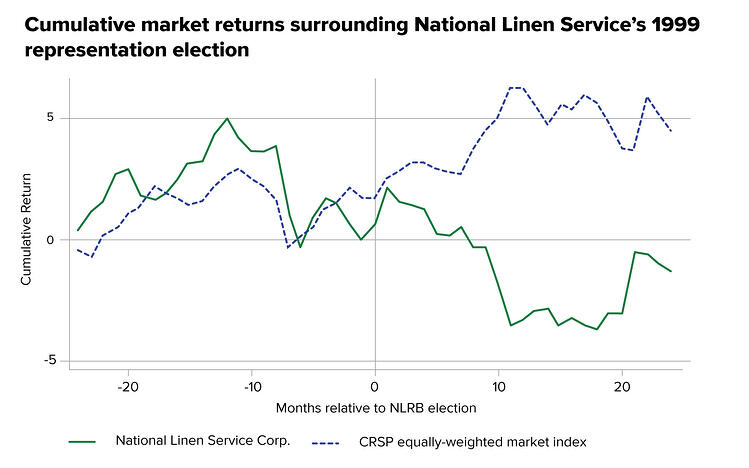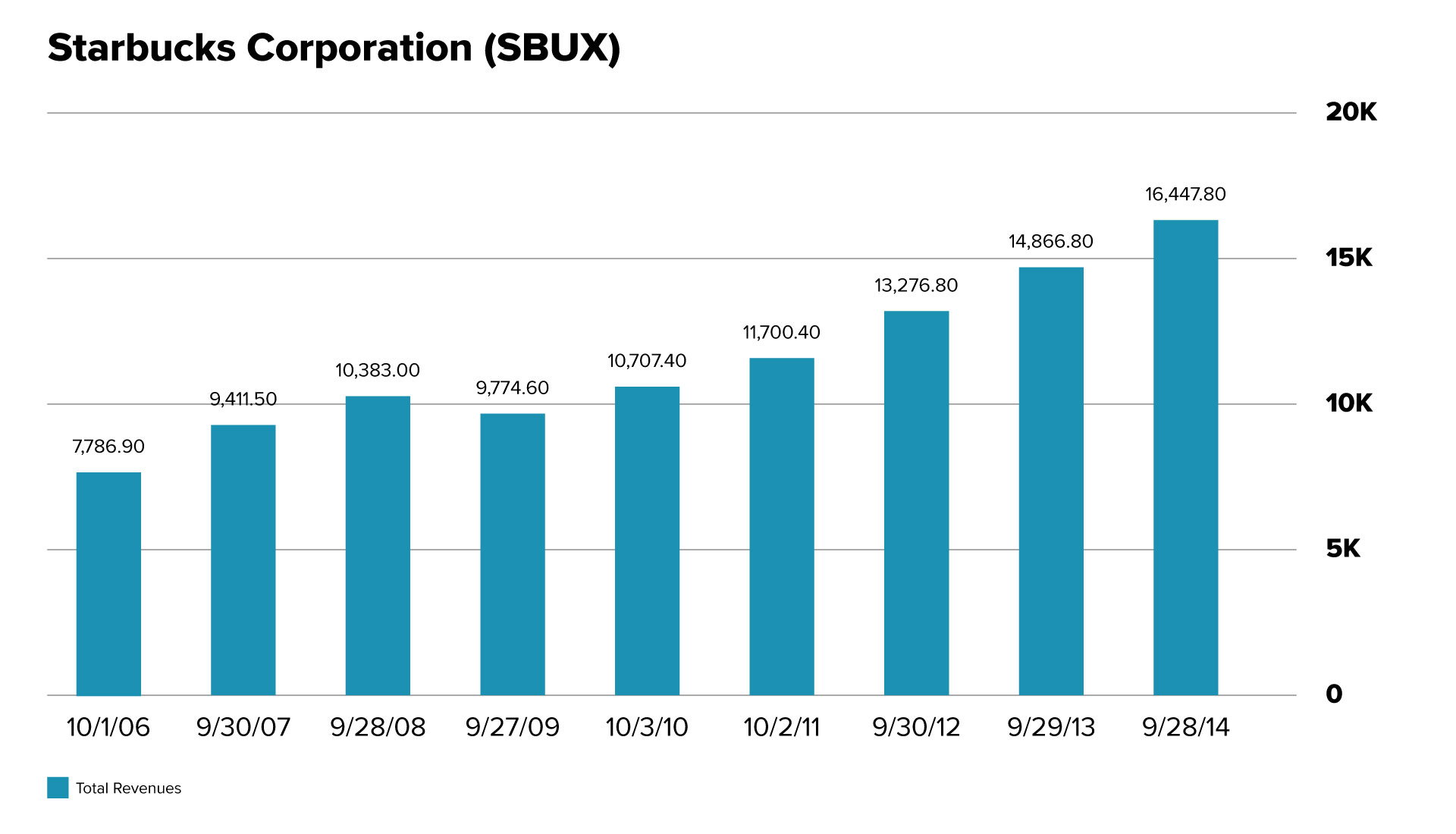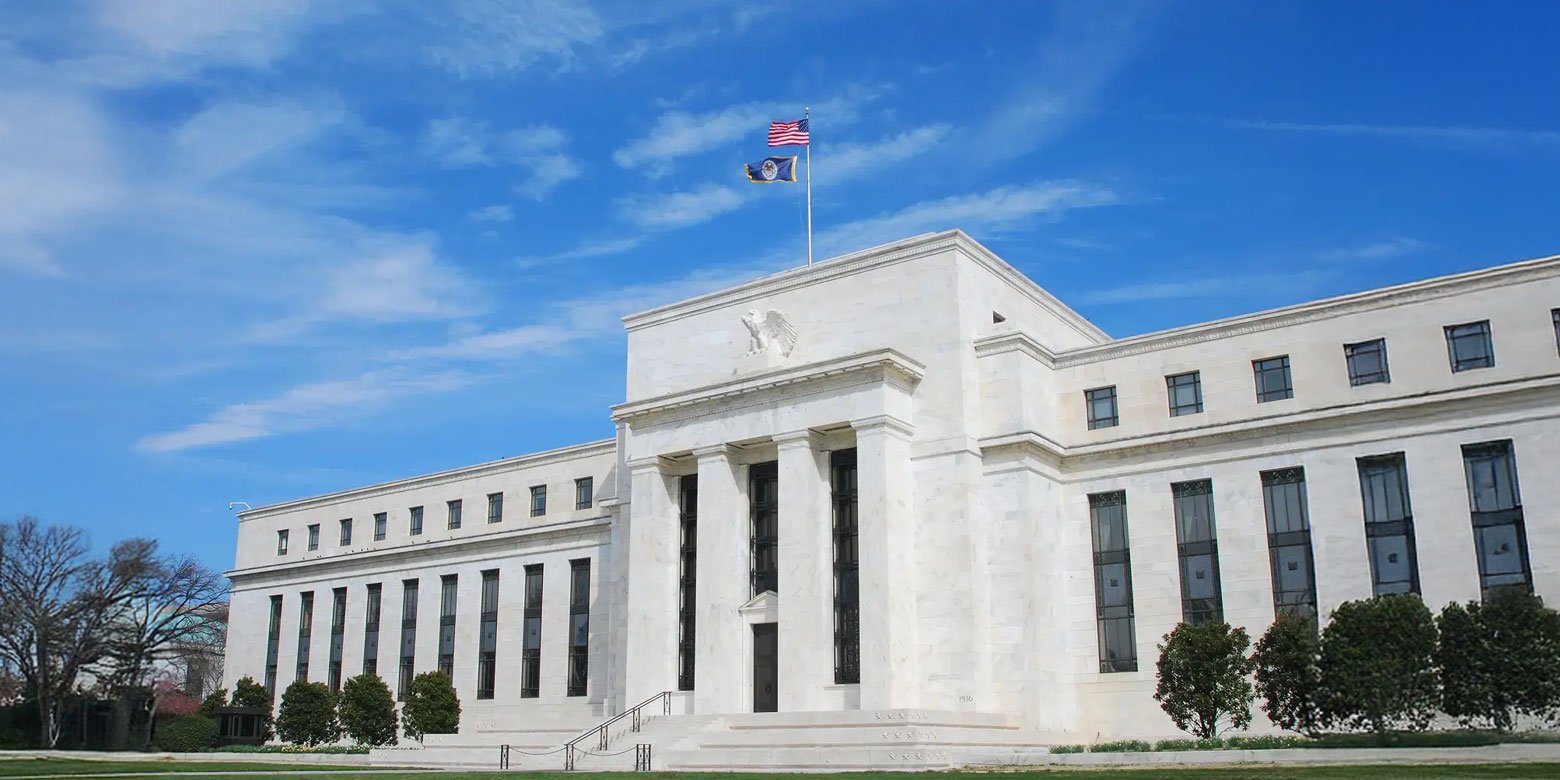“[L]aymen and economists alike tend, in my view, to exaggerate greatly the extent to which labor unions affect the structure and level of wage rates.” – Milton Friedman1
Apple.* Trader Joes.* Starbucks.* Amazon.* BuzzFeed. The Democratic National Committee. What do these organizations have in common?
Some of their workers recently voted to unionize. Of course, being part of a union is not a new U.S. phenomenon. But it is a reversal of a previous downtrend. For example, in 1983, 20% of U.S. employees were union members. But as of the end of 2021, only 10% of employees were formally organized. That number, though, seems to be rising with several companies’ recent elections to band together.
There are numerous reasons workers may decide to unionize, but we believe the ultimate goal is to give more power and leverage to employees. As employees, we may identify with the purposes of these efforts and the positive impacts unionizing has on workers and society through the reduction of wage inequality. But as investment managers, we must consider how unions may impact our investment companies’ operations and profitability.
So was renowned economist Milton Friedman correct in thinking unions have less impact than most believe? Or is this trend a concern for wage growth and other factors that may eat into profitability or hold back future growth?
Do unions hurt company profits?
Studies show that union workers receive roughly 20 to 30% higher wages and benefits than non-union workers.2 But do these higher benefits and wages make companies more susceptible to failure?
Probably not. Data show that there is little impact on firm survival from worker collectives.3 However, unions could affect employment growth and the productivity of labor.
While paying workers more may mean fewer resources are available to hire new workers, productivity is either improved as workers get paid more or unaffected by union efforts.4 Even more critical is the impact on the bottom line.
Unfortunately, unions’ influence on profitability is not as evident. Most studies show that collective bargains lower profits as wages and benefits increase expenses. Earnings could be even lower if unions disrupt work through strikes or other demands. But unions may also increase productivity, which could drive overall expenses lower.
Another outgrowth of unions may be slower long-term growth, as companies redeploy capital towards labor instead of business investment or hire fewer workers.
But on the positive side, unions can add value to a company. They can help attract talent, reduce turnover, and increase employee commitment to business success through better wages and benefits.
One study looked at the effects on profitability over 40 years—from 1961-1999—and concluded that unions “reduce growth in assets, because of decreased growth in plant, property, and equipment, [but] profit and return on assets appear unaffected by unionization.”5
But at the end of the day, investors want to know: Does unionization reduce stock returns?
As investors, we strive to gain outsized returns on our investments. And the recent trend in unionizing at some of America’s biggest companies has us wondering if it may hurt expected returns.
The same study we mentioned above looked at this exact question. Its findings suggest that “the average effect of a union win at a workplace is to decrease the market value of the affected business” by 10 to 14%.6 Breaking down the data shows that average returns are similar to those predicted before a union vote. But at the time of the election, returns diverge. Firms with only a small percent of the workforce unionized do not change—they follow the path of predicted returns. But whole firms unionizing show significant divergence of returns, with the full effect hitting up to 18 months later.
The experience of National Linen Service (NLS) is a good example. After a strong vote to unionize in March 1999, the stock market slowly punished NLS over time. The chart shows that before the election, the returns for NLS and the market tracked closely. However, after the election, NLS began to lag the market, and two years later, the price of NLS’ shares was down 25% while the index rose 50%—a 75% difference.

Source: NBER.org, Feb. 2009
So should investors avoid companies that unionize?
In short, we don’t think so. Instead, we believe there is more to a company’s story. First, in many cases, the recent elections are at particular locations rather than company-wide. And if returns follow the same path uncovered by the research, then companies with only a few union workers should see their returns follow expectations.
Secondly, perhaps more importantly, we recognize that each company is unique. Many factors and inputs go into our investment thesis. So we take each situation on a case-by-case basis. Let’s examine one recent example: Starbucks.7 Starbucks has historically had a strong brand, digital customer engagement, pricing power, and a progressive employee culture. We believe these attributes if they continue, should help the company manage the effects of unionization.
Starbucks has strong customer loyalty. Even during more challenging economic times, many people are willing to pay that extra dollar or two for their Starbucks drink. Not only is it a drop in the bucket relative to other daily expenses, but it is a small bit of extravagance and normalcy many are loath to let go. We saw this happen in the aftermath of the Great Recession. In the beginning, revenue declined, but as founder Howard Schultz returned as CEO and the company launched its customer loyalty program, sales rebounded and continued to grow. The loyalty program has been a great success – it has grown to ~27 million members (1 out of 12 Americans).8 The rewards program is easily accessible as a mobile app and helps form consumption habits making sales more resilient in times of economic weakness.

Source: TIKR
So the central question around Starbucks’ union effects is: If the company has to increase prices to pay for higher wages and benefits, will customers remain loyal and maintain their buying habits?
Americans spend about 2% of their annual income on coffee each year, on average.9 And for many people, coffee is not just a morning drink but an all-day experience. So even though it’s a luxury, it’s an affordable one. And it’s one many drinkers would still be willing to spend their money on, even if the cost may rise a small amount. But, again, it’s because Starbucks’ customers tend to be loyal—Starbucks Rewards members represented 53% of company-owned store sales in the US as of February 2022, an all-time high.10 In our opinion, this relative consumption inelasticity—meaning customers will still demand their coffee despite price changes—should allow for successful price increases. This has played out to an extent in the earlier part of 2022, as the company raised prices on the heels of cost inflation with little to no impact on customer demand.
What else may insulate Starbucks from the negative effects of unionization? It has a well-established reputation as an industry leader when it comes to employee compensation and benefits. Schultz founded the company with the core belief in treating employees well, so much so that employees are called partners. Although there have been many headlines about union formation at Starbucks, unionized stores make up less than 3% of the ~9,000 company-owned stores in the U.S.11 Moreover, most consumers know that Starbucks values and treats its employees well—it is part of the company's ethos. In that sense, consumers may be more likely to understand (and perhaps not mind) when their next cup of joe is pricier, knowing they are contributing to higher earnings for their local barista.
So while we believe some companies can pass on higher costs that may arise from unionization to customers, are financial impacts a foregone conclusion?
Maybe not. We’ve seen in the past that unionized companies sometimes lose market share. For example, unionized automakers lost market share to non-union competitors. And in the end, competition prevented unionized companies from paying their workers higher wages anyway.
In addition, if stores become unprofitable because of the higher wages, then companies may close those locations in favor of financially strong ones. To that end, the overall company may be unaffected by single-store union votes in the long run.
Footnotes
*This message is not a recommendation to buy or sell any securities. The securities identified and described in this article do not necessarily represent the securities purchased or sold for our portfolios. You should not assume that an investment in these securities was or will be profitable, and there is no assurance, as of the date of this message, that the securities have been or will be in any model portfolio.
1NBER paper, Friedman, Milton, "Some Comments on the Significance of Labor Unions for Economic Policy," in David McCord Wright, ed., The Impact of the Union: Eight Economic Theorists Evaluate the Labor Union Movement, New York: Harcourt, Brace, and Company, 1950. Institute on the Structure of the Labor Market, American University, Washington D.C.
2Time, “American Companies Have Always Been More Anti-Union Than International Ones. Here’s Why,” Apr. 21, 2022
3princeton.edu, Mar. 2003
4theconversation.com, May 8, 2019
5nber.org, Feb. 2009
6nber.org, Feb. 2009
7The mention of Starbucks Corporation (SBUX) is not a recommendation or indication of our intentions to trade the security. Some of our Personal Portfolios may hold SBUX. In this article, the reference to SBUX is to discuss a recent union example and its potential impact on the company’s financial position.
82Q22 Starbucks earnings report, May 3, 2022
9finance.yahoo.com, Oct. 26, 2020
10annexcloud.com, accessed Jul. 26, 2022
112Q22 Starbucks earnings release, May 3, 2022 and theguardian.com, Jul. 4, 2022
Related Posts

How Central Bank Actions May Affect Your Investments
Central banks like the Federal Reserve—the Fed for short—can feel far removed from everyday life,...

How Do ETF Share Classes of Mutual Funds Work?
Investors have long heard about the differences between mutual funds and ETFs, but the rise of ETF...

The World is Made up of Factories and Museums

Mann on the Street
In central Niger, along a major Saharan caravan route, the Tree of Ténéré stood for hundreds of...
Interested in more?
Get our popular newseltter delivered to your inbox every month.
Search the Insights Blog
How to invest with us
Click the button below to learn how you can get started with Motley Fool Asset Management








